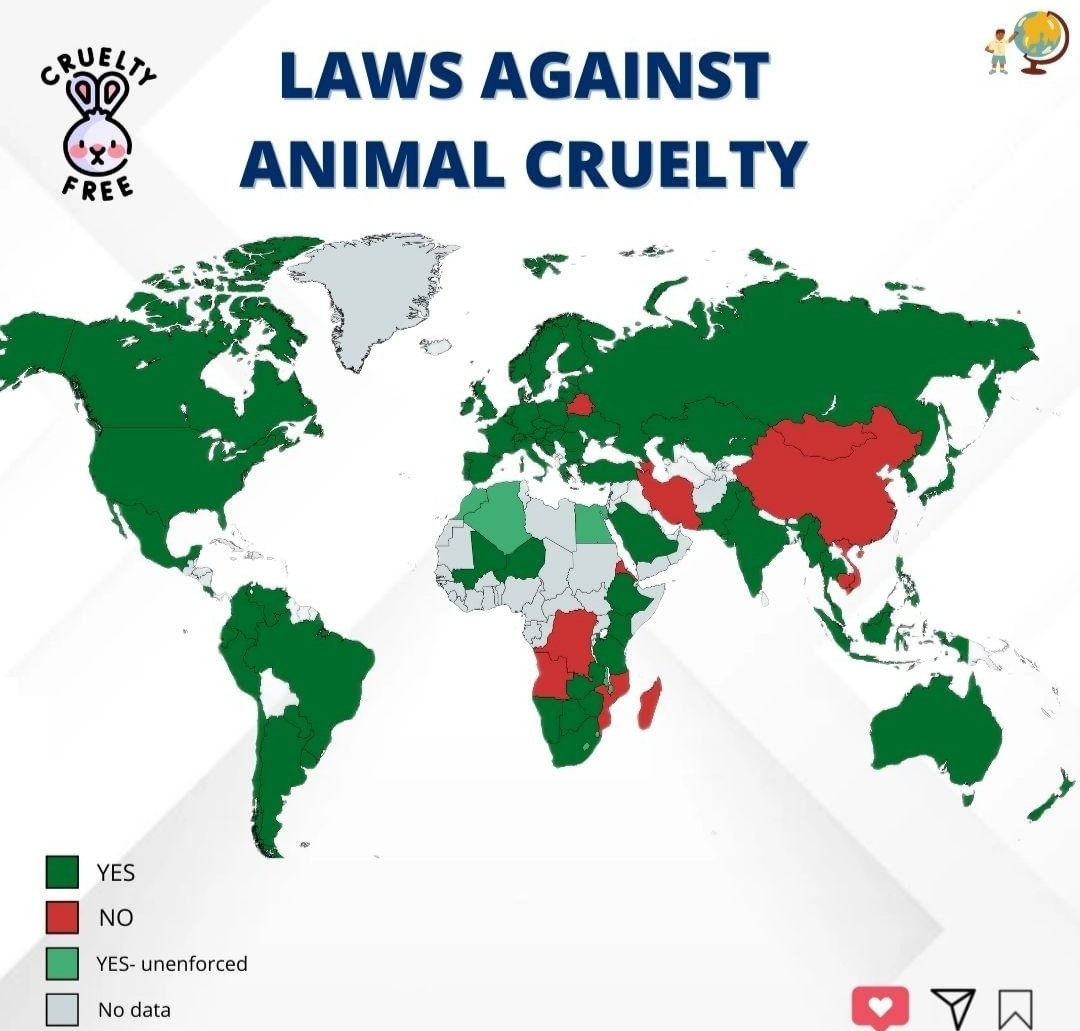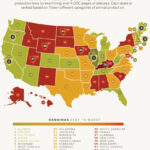Animal cruelty is an issue that resonates deeply within the fabric of society. It is a subject that evokes passionate responses, ranging from anger and sadness to a resolute commitment to enact change. As awareness of animal rights continues to burgeon, it is imperative to examine the legal frameworks that either support or fail to protect our fellow living beings. In the United States, the legality of animal cruelty is a complex interplay between federal and state laws, each contributing to the overall landscape of animal welfare.
At the federal level, animal cruelty is not uniformly addressed. The most notable federal legislation concerning animal welfare is the Animal Welfare Act (AWA), enacted in 1966. This legislation primarily governs the treatment of animals in research, exhibition, transport, and by dealers. While the AWA delineates provisions aimed at ensuring humane treatment, its scope is limited. For instance, it does not extend to certain species such as rats, mice, and birds commonly used in laboratory settings. This oversight raises critical questions about the adequacy of protections for these animals, leading to a perception that federal law is insufficient in addressing animal cruelty holistically.
Moreover, the AWA does not explicitly criminalize acts of cruelty. Instead, it provides a framework for regulating specific situations and settings. This begs the question: what happens to animals outside these federal domains? The absence of comprehensive federal legislation means that the enforcement of animal welfare primarily falls to states, which possess the authority to create their own laws concerning animal cruelty.
Delving into state laws reveals a patchwork of regulations, each state varying significantly in its approach to animal welfare. Some states have enacted robust anti-cruelty laws, while others lag behind, offering little to no protection for animals. For instance, states like California and Illinois have established stringent laws that include provisions for felony charges against individuals convicted of severe animal abuse. These laws often encompass a wide range of actions deemed cruel, including neglect, torture, and abandonment. On the other hand, states with less comprehensive laws may classify certain forms of animal cruelty as mere misdemeanors, with minimal penalties that lack deterrent effects.
This discrepancy between states raises concerns about the effectiveness of animal welfare across the nation. It allows for a situation in which the level of protection afforded to animals can vary dramatically based on geographical location. Such inconsistency not only frustrates advocates working to protect animals but also invites exploitation where laws are lenient. In some cases, individuals may even relocate to states with less stringent laws to escape prosecution for acts of cruelty.
Beyond the legal definitions and enforcement levels, the judicial system plays a pivotal role in interpreting and applying these laws. The existing statutes can be significantly influenced by local cultures and societal values. In regions where livestock farming or hunting is culturally significant, the interpretation of what constitutes cruelty may be considerably different from urban areas, where pets are regarded more as family members. This cultural dichotomy can pose significant challenges for consistent enforcement and public awareness.
Another crucial observation regarding animal cruelty laws is the distinction between civil and criminal provisions. Some states enable animal welfare organizations to seek civil remedies, such as the ability to intervene in cases of neglect or abuse. However, civil remedies may not carry the same weight or urgency as criminal prosecution. Criminal laws demand a higher burden of proof and typically require the involvement of law enforcement, which can lead to inconsistencies in enforcement practices and outcomes.
Public perception and advocacy significantly impact the advancement of animal cruelty laws. Grassroot movements often energize legislative change, leading to the introduction of bills that enhance protections for animals. Social media campaigns, public awareness initiatives, and the efforts of non-profit organizations have catalyzed changes in many states, prompting lawmakers to confront the issue with a greater sense of urgency than in past decades.
Increasingly, states are beginning to adopt anti-cruelty laws that reflect contemporary ethical standards regarding animal welfare. Trends indicate a movement toward recognizing the sentience of animals, which has been a driving force behind more comprehensive legislative reforms. For example, the inclusion of laws against puppy mills, horse soring, and the use of animals in entertainment showcases an evolving paradigm that prioritizes the humane treatment of all animals.
Despite the strides made in certain jurisdictions, the reality remains that many animals continue to suffer due to outdated or poorly enforced laws. The challenge lies not only in creating stronger legislation but also in ensuring that existing laws are effectively implemented and enforced. The presence of enforcement officers trained in animal welfare is vital; under-resourced or inadequately trained personnel can hinder the prosecution of crimes against animals.
In conclusion, while animal cruelty is indeed illegal in the United States, the legal landscape is marked by both hope and significant challenges. The dual structure of federal and state laws creates a complex terrain in which the nature and enforcement of animal protection vary greatly. As society continues to evolve, so too must the legislation that aims to safeguard animals from cruelty. Advocating for stronger laws and fostering public awareness will be essential steps in the ongoing struggle against animal cruelty, as we work toward a future in which all animals receive the humane treatment they unequivocally deserve. The pursuit of justice for animals is not merely a legal obligation; it is a moral imperative that reflects the best of our humanity.








